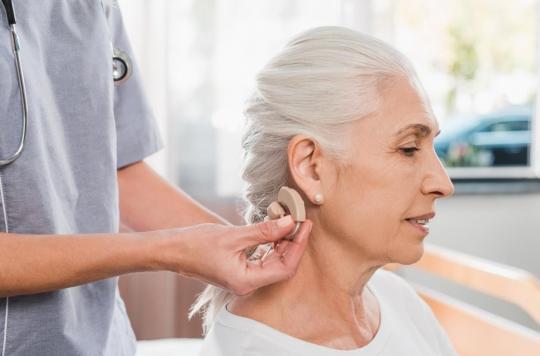The SNCF strike begins, and with it its attendant annoyances: heat, overcrowding, stress … So many factors that promote vagal discomfort.

Black veil in front of the eyes, sweats, legs cut off… and presto, in the apples. The galley companion of transport users, vagal discomfort is about to make a comeback in force as the longest rail strike in the country’s history begins. At the rate of one in five trains for the regional network, and one in eight TGVs, the situation promises to be favorable to “passenger malaise”. But what is it exactly?
Women twice as affected
Vagal discomfort is a brief episode of weakness, which may end with brief loss of consciousness. It is not serious in the vast majority of cases. The warning signs are well known to regulars: sweating, dizziness, blurred vision, hot flashes, tingling in the legs, ringing in the ears… Practical signals for preventing falls, but which are not systematic. Women are more often affected: they have about twice as much vagal discomfort as men.
The culprit of vagal discomfort is the “vagus” nerve. This long nerve bundle runs from the stomach to the brain, passing through the heart. It is an essential link in the parasympathetic system, responsible for putting the body to rest in the absence of danger or sustained activity.
The organism’s circuit breaker
Certain stimuli frequent in crowded transport promote activation of the vagus nerve, such as heat, prolonged standing or stress (claustrophobia). Pain or the sight of blood are also likely to activate this great sensitive. The vagus nerve then acts as a circuit breaker: the supply of blood and oxygen to the brain is insufficient, and it is uneasy … In the event of loss of consciousness, one speaks more readily of “vagal syncope”.
To prevent vagal discomfort, no miracle. You have to sit down (if possible …), breathe, even go out and get some fresh air. If unconsciousness occurs, the person should be laid down for a few minutes with the legs elevated to restore blood flow to the brain. If the victim is pregnant, it is better to lay her on her side.
Alert in case of unconsciousness that lasts
If the discomfort is accompanied by pain in the chest, whether it concerns an elderly person, or the unconsciousness continues beyond a few seconds, do not hesitate to call for help (15 or 112). We may be dealing with a case of heart disease, such as a myocardial infarction, which potentially constitutes a life-threatening emergency.
The mechanisms of vagal syncope are still poorly understood. The main hypothesis is based on a dysfunction of receptors in the heart, at the level of the left ventricle. Sensitive to mechanical stimulation, and therefore to beating, they can in turn cause a sudden decrease in blood pressure and heart rate – this is the “Bezold-Jarisch reflex”, named after the German doctors who described it in 19e century.

.















